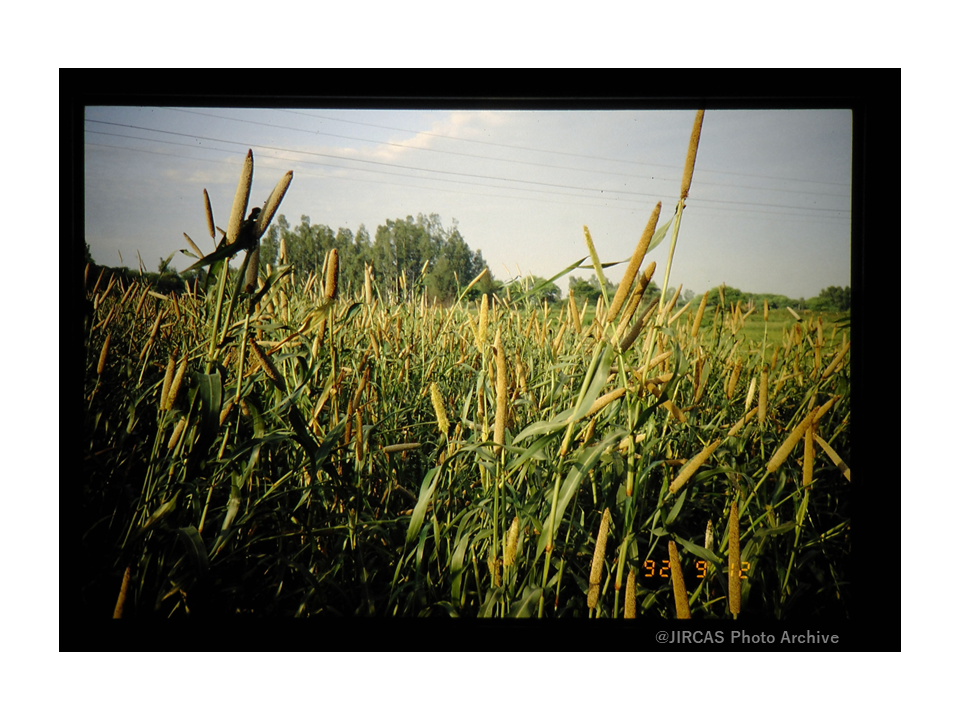Pick Up
733. March 9, 2023 is Millet Day on Millet Year

733. March 9, 2023 is Millet Day on Millet Year
Millet is a general term for members of the grass family including Japanese millet, foxtail millet, and pearl millet which produce small grains. Compared to other major cereals, millet can grow in dry and barren lands and is more tolerant to climatic changes. In addition, they are also called "nutri-cereals" due to their high nutritional value, and are attracting attention as a superfood.
March 9 is "Millet Day”. The date matches the Japanese words "za" (3) and “koku (9)” which refer to millet. It was established by the Japan Millet Association, which was certified and registered by the Japan Anniversary Association. Also, March 9, 2023 is “Millet Day and Millet Year" because 2023 is the International Year of Millets (IYM2023).
Millet is resistant to adverse environments. But...
Millet is grown mainly in the arid regions of Asia and Africa and is a major food resource because it can be grown under non-irrigated conditions with less rainfall compared to grains such as wheat, rice, and corn. (FAO statistics).
Pearl millet, one of the millets, is one of the top three cereal crops produced in sub-Saharan Africa, the region most vulnerable to climate change. Originating from the Sahara desert, it is well suited for cultivation in sandy soils with low soil moisture content. Thus, pearl millet is considered one of the most important crops for coping with climate change.
Analysis and future projections of the diversity of 173 landraces (indigenous varieties) that have been improved and cultivated in West Africa for a long time, together with a climate data set consisting of agronomically important indicators, have shown that in 2050 the northern end of the current growing area of both early and late blooming varieties is the most vulnerable to climate change (Rhoné et al. 2020, Faye et al. 2022).
Let's make the most of diversity
Climate change is already affecting agroecosystems on a global scale, threatening food security through reduced crop productivity and harvest uncertainty. They tested this hypothesis with pearl millet, a highly nutritious staple grain grown in the dry, low-fertility soils of sub-Saharan Africa.
The study suggests that regions vulnerable to climate change can benefit from landraces growing under similar climatic conditions. This would require long-distance and transboundary seed exchange. Using genetic diversity as a climate mitigation strategy requires cooperation across regions and countries.
References
Pick Up 694. International Year of Millets 202)
https://www.jircas.go.jp/en/program/proc/blog/20230112
Adama Faye et al. (2022) Genomic footprints of selection in early-and late-flowering pearl millet landraces. Front Plant Sci. 13: 880631.
https://www.frontiersin.org/articles/10.3389/fpls.2022.880631/full
Bénédicte Rhoné et al. (2020) Pearl millet genomic vulnerability to climate change in West Africa highlights the need for regional collaboration. Nature Communications 11: 5274.
https://www.nature.com/articles/s41467-020-19066-4
Contributors: KANAMORI Norihito (Information and Public Relations Office), Do Vu THANG (Information Program)
